Wednesday 21st April
Our first line ashore in Montego Bay, Jamaica, was at 1908h local time (0008h GMT); so ends Voyage 44 of the RRS James Cook. In our 31 days at sea, we have seen and sampled two deep-sea vent fields in the Cayman Trough for the first time, including the world's deepest known 'black smokers'. The coloured areas on the map below show where we have surveyed, using our shipboard sensors, CTD probe, TOBI, Autosub6000 and HyBIS:
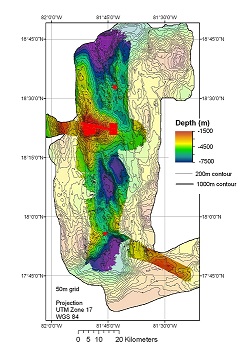
We mapped more than 200 000 hectares of ocean floor with our multibeam sonar and TOBI (an area larger than the English county of Surrey), and completed 750 km of survey lines with the magnetometer...
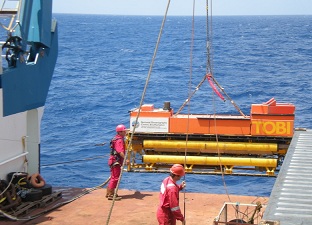
We recorded 80 oceanographic profiles with the CTD probe...
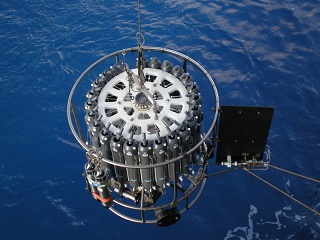
Autosub6000 undertook nine missions, spending 8.3 days underwater and covering 690 km...
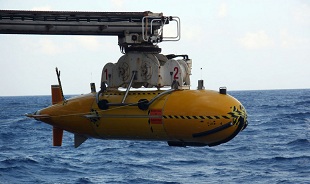
HyBIS went on ten dives, including its deepest ever, and spent a total of 3.9 days underwater...
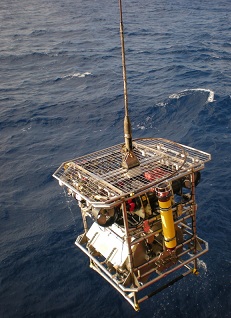
Our expedition built on the earlier work of our colleagues Chris German and Cindy Van Dover in the US, whose survey with Doug and Carla last October gave us three preliminary areas to investigate. Two of those areas contained the deep-sea vents that we found, filmed and sampled for the first time on this expedition. Back ashore, we will analyse our samples of rocks, deep-sea species and water from the vents to start to understand their geology, chemistry and patterns of marine life. And the moorings we have left on the ocean floor will continue to collect data about the deep waters of the Trough until we return with our second expedition.
Doug, our expedition Chief Scientist, concluded by saying: 'This has been an incredible journey, and I want to thank the crew and the scientists for working as one team on this successful expedition - the discoveries we have made have been phenomenal.'
Jon, who will be taking over from Doug for our next expedition here with the UK's deep-diving ROV Isis, said: 'We'll be back in the near future to investigate these new deep-sea vents in even greater detail for the next phase of our research programme. And after the spectacular sights we've witnessed on this trip, we're already counting down the days.'
Although we will no longer be updating this website daily, we will archive the diary from this voyage, and continue to post news and updates about progress as we analyse our samples, publish our scientific papers, and prepare for the next expedition. So we hope that you will check back with us, and continue to follow our journey. It has been a pleasure for us to share this scientific adventure with so many people around the world; we have been amazed to have more than 50 000 visitors to this website from at least 88 countries. Thank you all for your interest, comments and questions.
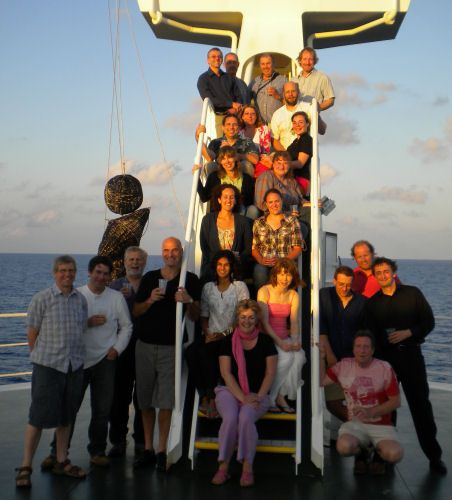
Science at sea is perhaps unlike other science, in that it is the product of a huge team effort aboard the ship, rather than the work of an isolated group in a lab. We simply could not do our science without the outstanding hard work of all aboard, from the leadership of the Captain, to the skill of the bridge officers, ingenuity of the engineers, professionalism of the deck crew, and tireless care of the cooks and stewards who look after everyone. It has been a priviledge for us to sail with such a superb team, best summed up in the words of the poem written by Capt. Chamberlain to mark the end of our voyage:
'The good ship James Cook has a crew I deem so rare
I speak of my team and insist there is none to compare
When I see them 'about it' I am indeed so proud
There is no equal afloat, and I say it out loud...'


